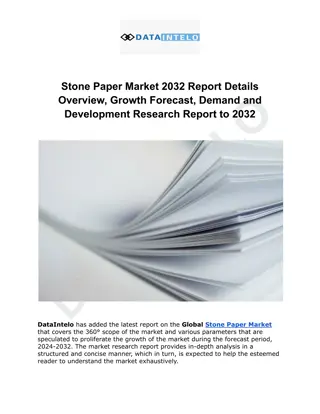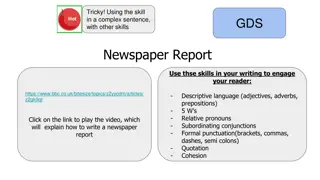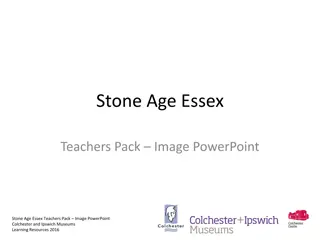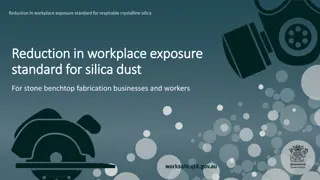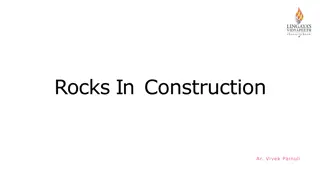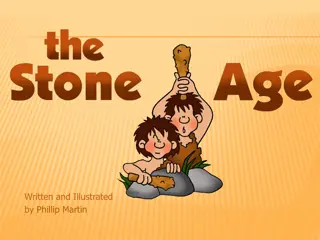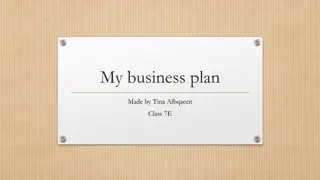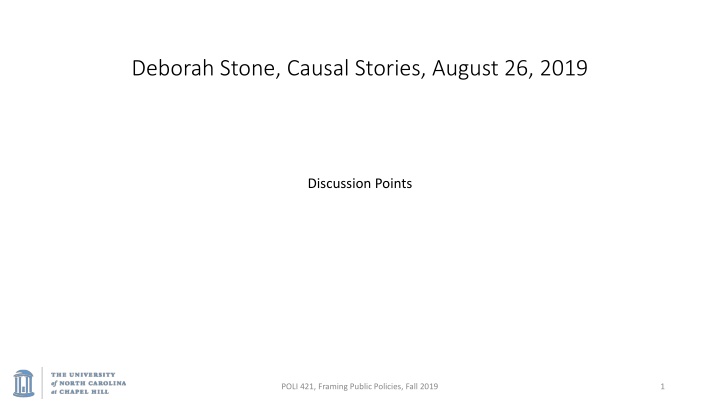
Political Problems vs. Social Conditions in Public Policy Framing
Explore the distinction between political problems and social conditions, with examples and discussions on pushing responsibility, intentional vs. inadvertent causation, and distinguishing natural events from man-made disasters in public policy framing.
Download Presentation

Please find below an Image/Link to download the presentation.
The content on the website is provided AS IS for your information and personal use only. It may not be sold, licensed, or shared on other websites without obtaining consent from the author. If you encounter any issues during the download, it is possible that the publisher has removed the file from their server.
You are allowed to download the files provided on this website for personal or commercial use, subject to the condition that they are used lawfully. All files are the property of their respective owners.
The content on the website is provided AS IS for your information and personal use only. It may not be sold, licensed, or shared on other websites without obtaining consent from the author.
E N D
Presentation Transcript
Deborah Stone, Causal Stories, August 26, 2019 Discussion Points POLI 421, Framing Public Policies, Fall 2019 1
Explain the difference between a condition or a situation and a political problem. Give an example or two of things that are currently seen as political problems, but were once seen as conditions. POLI 421, Framing Public Policies, Fall 2019 2
Lets say Im sick / poor / angry about my career prospects. Is that a social condition? What are the conditions where that becomes a public problem? Let s say 1,000,000 people are in my same boat, same question. POLI 421, Framing Public Policies, Fall 2019 3
Is this a problem or a condition? I m depressed and can t get out of bed. I graduated from college but can t get a job. I started a successful business but am letting go of workers because of the trade war with China. I lost my job because of the trade ware with China. I lost my job because I had to care for my elderly parent and missed work too many times. I lost my job because the city cancelled the bus / subway route I depend on to get there on time. POLI 421, Framing Public Policies, Fall 2019 4
Explain / analyze / understand / critique / question: POLI 421, Framing Public Policies, Fall 2019 5
There are many strategies for pushing responsibility onto someone else. (p. 289) Common strategy: what was understood as an accident is actually the result of human will, either indirectly or directly. She discusses workers comp laws. Explain how that relates to intentional v. inadvertent causation. POLI 421, Framing Public Policies, Fall 2019 6
Pick a recent hurricane, flood, or other natural disaster Was a natural event or a man-made disaster? Discuss the implications of your answer, given her theory. How do advocates move it from one category to the other? POLI 421, Framing Public Policies, Fall 2019 7
How do we distinguish between carelessness or inadvertance and gross negligence. How does the law distinguish between these killings: Self-defense Involuntary manslaughter (reckless) Voluntary manslaughter (intentional, unpremeditated, heat of passion, mental disturbance) Second degree murder (intentional, no premeditation) First degree murder (intentional, premeditated) Justified homicide (soldier in battle, police officer, stand your ground ) defense of infancy : perpetrator is a child POLI 421, Framing Public Policies, Fall 2019 8
Lets say a loved one is killed by a drunk driver, and you want that person to pay a heavy price. What s your causal story? Let s say you re the drunk driver, what s your causal story? Let s say you re the District Attorney. What do you do? POLI 421, Framing Public Policies, Fall 2019 9
On p. 291 she discusses court rulings about disparate impact and discriminatory intent. Why does this matter so much, in the context of her theory? (BTW, see this recent NYTimes article about housing discrimination: https://www.nytimes.com/2019/08/20/upshot/housing- discrimination-algorithms-hud.html POLI 421, Framing Public Policies, Fall 2019 10
At the top of p. 294 she explains some things that are related to success in promoting this v. that causal story: Proponents have: Visibility, access to media , prominent positions Theory accords with cultural values Theory captures the national mood Solution entails no radical redistribution of power or wealth Legal acceptability Scientific acceptability How rigid v. flexible are these ideas? Do the last two really matter, especially the last one? How did we ever get an income tax? What does it take for one side to win? POLI 421, Framing Public Policies, Fall 2019 11
On pp. 295 and following she discusses social dominance, social control, and power. What is her point there? Illustrate the argument with some social groups that are traditionally weak and powerless, versus groups that are traditionally awarded more deference. (We ll come to this again on Wednesday with Schneider and Ingram, and return to it often in the course.) POLI 421, Framing Public Policies, Fall 2019 12









